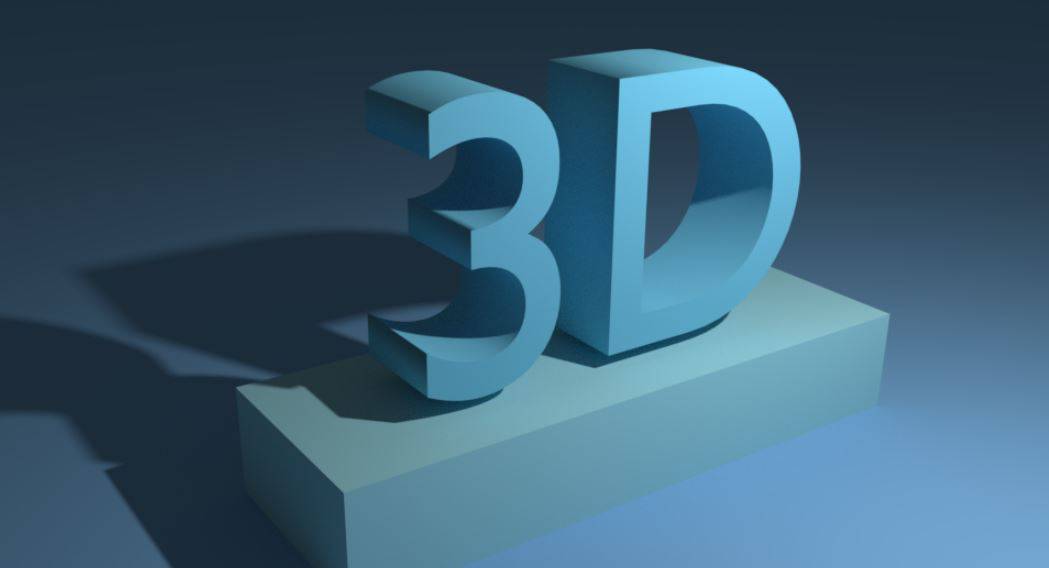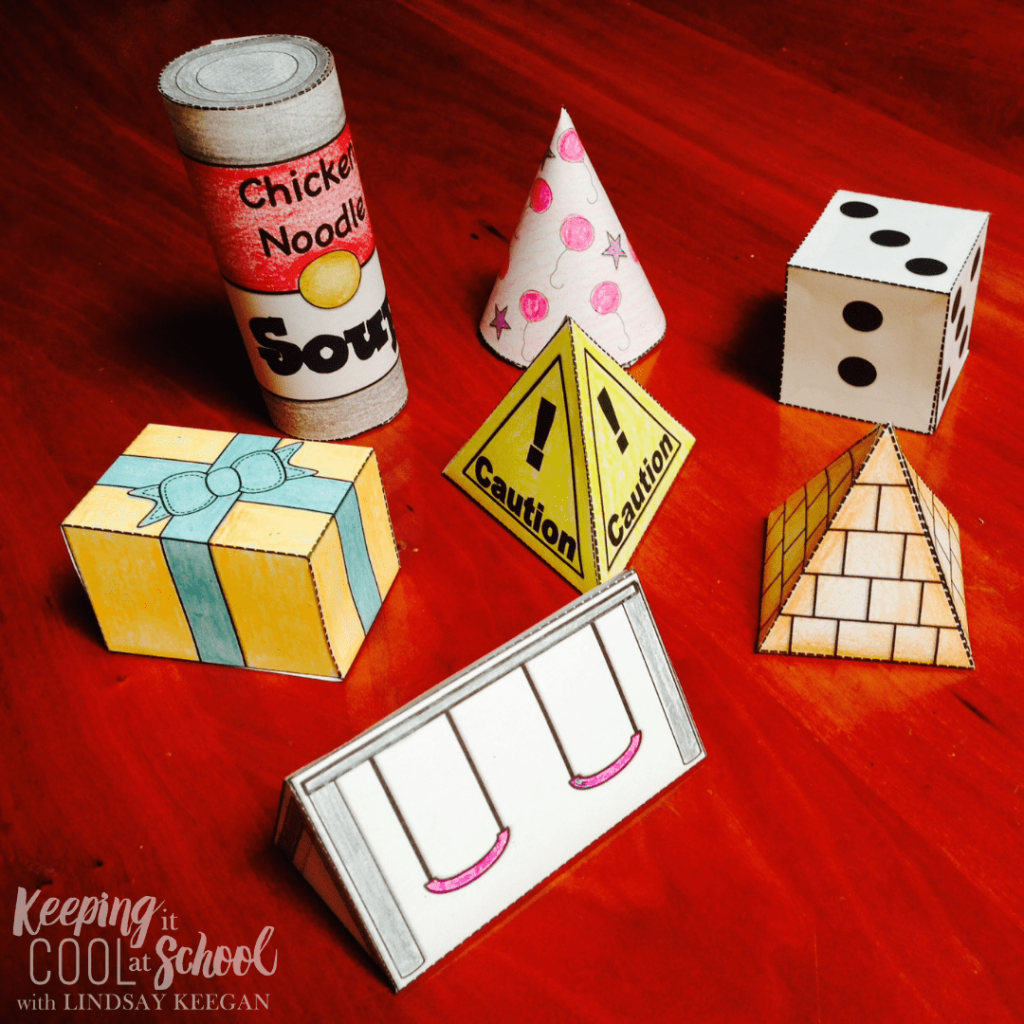In the United States, early childhood education plays a crucial role in shaping young minds. One of the most important concepts introduced during this stage is geometry, specifically 3D shapes. Teaching 3D shapes to kindergarten students not only enhances their spatial awareness but also lays the foundation for future math skills. This article explores fun and educational 3D shapes activities that educators and parents can use to engage young learners.
Table of Contents
– Why Teach 3D Shapes in Kindergarten?
– 15 Hands-On 3D Shape Activities for Kindergarten
– Vocabulary Words for Kids
– Printable Worksheets & Activities Ideas
– FAQs About Teaching 3D Shapes to Kindergarteners
– Conclusion
Why Teach 3D Shapes in Kindergarten?
Teaching 3D shapes to kindergarten students is essential because it helps them understand the world around them. By learning about cubes, spheres, cylinders, and cones, children develop an awareness of how objects are structured and how they interact with their environment. These activities also promote fine motor skills, problem-solving abilities, and creativity.
15 Hands-On 3D Shape Activities for Kindergarten
- Go on a 3D Shape Hunt Around the Room 🔍
Objective: Identify basic 3D shapes in the environment.
Materials: Clipboard, shape checklist, pencil.
Instructions:
Give kids a checklist of 3D shapes (cube, sphere, cylinder, cone).
Walk around the classroom or home.
Have kids find and check off real-world objects that match each shape.
Learning Outcome: Kids learn to recognize 3D shapes in everyday surroundings.
- Build 3D Shapes with Blocks 🏗️
Objective: Create 3D shapes using building blocks.
Materials: Building blocks, boxes, cups.
Instructions:
Use different 3D shapes to build towers.
Talk about which shapes stack better and why.
Learning Outcome: Introduction to 3D shapes and structure stability.
- Playdough 3D Shape Mats 🍥
Objective: Form 3D shapes using playdough.
Materials: Playdough, printable 3D shape mats.
Instructions:
Roll playdough into lines or balls.
Place them over printed 3D shape outlines.
Talk about the properties of each shape.
Learning Outcome: Kids build 3D shapes with their hands while learning properties.
- 3D Shape Sorting Muffin Tray 🍩
Objective: Sort 3D shapes into categories.
Materials: Muffin tray, foam or paper 3D shapes.
Instructions:
Label each muffin slot with a 3D shape.
Let kids sort the loose shapes into the correct spots.
Learning Outcome: Kids practice grouping and matching 3D shapes by type.
- Pipe Cleaner 3D Shape Building 🧵
Objective: Construct flexible 3D shapes.
Materials: Pipe cleaners.
Instructions:
Bend and twist pipe cleaners into cubes, spheres, cylinders, and cones.
Connect ends together to hold the shape.
Learning Outcome: Kids explore how sides and corners form 3D shapes.
- Shape Walk Game 🚶♀️
Objective: Combine movement and learning.
Materials: Large 3D shape cutouts, music.
Instructions:
Spread 3D shapes around the floor.
Play music and let kids walk or dance around.
Pause the music and call out a shape—kids must find and stand on it.
Learning Outcome: Reinforces 3D shape identification through physical activity.
- Snack Time 3D Shape Sort 🍎
Objective: Recognize 3D shapes in food.
Materials: Snacks in different 3D shapes (crackers, cheese, fruits).
Instructions:
Provide a variety of 3D-shaped snacks.
Talk about the shape of each one before eating.
Optional: sort them by shape on a plate.
Learning Outcome: Kids see how 3D shapes appear in real-life items.
- 3D Shape Bingo Game 🧠
Objective: Practice 3D shape recognition while playing a game.
Materials: Bingo boards, 3D shape cards, markers or counters.
Instructions:
Call out 3D shapes or show flashcards.
Kids cover matching shapes on their board until they get a bingo.
Learning Outcome: Reinforces 3D shape vocabulary in a fun way.
- Draw 3D Shapes in Sand or Salt Tray 🏖️
Objective: Practice drawing 3D shapes with fingers.
Materials: Tray, salt or sand.
Instructions:
Smooth out the surface of the tray.
Call out a 3D shape and let kids draw it using their finger.
Learning Outcome: Strengthens fine motor control and shape formation.
- Make a 3D Shape Collage 🖼️
Objective: Create pictures using only 3D shapes.
Materials: Colored paper cut into various 3D shapes, glue, paper base.
Instructions:
Let kids use 3D shapes to make houses, robots, flowers, or anything they imagine.
Talk about the shapes they used.
Learning Outcome: Encourages creativity while reinforcing 3D shape knowledge.
- 3D Shape Pattern Strips 🧩
Objective: Practice sequencing and pattern recognition.
Materials: Printed pattern strips, 3D shape cutouts.
Instructions:
Provide strips with simple patterns (e.g., cube, sphere, cube…).
Ask kids to place or glue the next correct 3D shape.
Learning Outcome: Kids develop logic and math sequencing skills.
- 3D Shape Matching Clip Cards 📎
Objective: Match 3D shapes with real-world objects.
Materials: Clip cards with 3D shapes and images, clothespins.
Instructions:
Show kids a card with a 3D shape and multiple pictures.
They clip the image that matches the 3D shape.
Learning Outcome: Connects abstract 3D shape knowledge with real-life context.
- 3D Shape Face Activity 😊
Objective: Use 3D shapes to build a face and explore shape combinations.
Materials: Cut-out 3D shapes (eyes, nose, mouth), glue, paper.
Instructions:
Let kids choose different 3D shapes to create a funny or happy face.
Encourage them to explain their choices.
Learning Outcome: Kids understand how 3D shapes can combine to make new things.
- 3D Shape Exploration with Magnatiles 🧱
Objective: Explore 3D shapes with magnetic tiles.
Materials: Magnatiles.
Instructions:
Use the tiles to build various 3D shapes.
Discuss the properties of each shape.
Learning Outcome: Kids explore the properties of 3D shapes through hands-on play.
- 3D Shape Art Projects 🎨
Objective: Create art using 3D shapes.
Materials: Various 3D shapes, glue, paper.
Instructions:
Let kids use 3D shapes to create collages or sculptures.
Discuss the shapes they used.
Learning Outcome: Encourages creativity while reinforcing 3D shape knowledge.
Vocabulary Words for Kids
Cube – A box-shaped 3D object.
Sphere – A ball-shaped object.
Cylinder – A shape like a can.
Cone – A shape like an ice cream cone.
Printable Worksheets & Activities Ideas
🎨 3D Shape Tracing Sheets – Trace and color different 3D shapes.
🧩 3D Shape Cut & Paste Activity – Match 3D shapes to real-life objects.
🔲 3D Shape Sorting Mat – Sort 3D shapes by type.
🎯 I Spy 3D Shapes Worksheet – Find and circle 3D shapes hidden in a picture.
🖍️ 3D Shape Pattern Completion – Fill in the next 3D shape in the sequence.
🏗️ 3D Shape Hunt Sheet – A checklist for finding cubes, spheres, and cones around the classroom.
FAQs About Teaching 3D Shapes to Kindergarteners
Q: What’s the difference between 2D and 3D shapes?
A: 2D shapes are flat (like a circle or triangle). 3D shapes are solid and have depth (like a ball or cube).
Q: How many 3D shapes should kids know in kindergarten?
A: Most kids learn basic 3D shapes (cube, sphere, cone, cylinder) and start recognizing them in their environment.
Q: How can I make 3D shape learning more fun?
A: Use real objects, movement games, crafts, and snacks—learning doesn’t have to happen on paper!
Q: Should I teach 3D shape names or properties first?
A: Start with names, then move to properties like faces, edges, and vertices. Make it visual and hands-on!
Q: What’s the best way to help kids remember 3D shapes?
A: Repeat, play, and explore! The more they see and interact with 3D shapes, the more they’ll understand.
Conclusion
Teaching 3D shapes to kindergarten students is both fun and essential for building a strong foundation in geometry. By using hands-on activities, real-world examples, and engaging stories, educators can help young learners develop spatial awareness and a lasting understanding of basic 3D shapes. By connecting 3D shapes to everyday life and encouraging exploration, students will not only learn but also enjoy the process, making 3D shape learning a positive experience that supports future math success.
Meta Title: Fun 3D Shapes Activities for Kindergarten
Meta Description: Discover engaging 3D shapes activities for kindergarten students that make learning fun and educational. Perfect for teachers and parents.
Author: [Nama Lengkap]
Title/Role: [Jabatan atau keahlian]
Credentials: [Ringkasan kualifikasi atau pengalaman terkait]
Profile Link: [Link profil, opsional]
Trust & Credibility:
– Source 1: National Council of Teachers of Mathematics
– Source 2: Education.com
– Source 3: Scholastic
Experience Element:
For example, a teacher might use these activities in a classroom setting to help students grasp the concept of 3D shapes through hands-on exploration and creative projects.
Tone:
Conversational yet authoritative.
Readability:
Sentences under 20 words, paragraphs under 3 lines.
Formatting:
Use lists, bullet points, or tables to clarify.
Each 200-300 words, create a new heading.
Include images or visuals.
Call to Action:
Stay updated with the latest news and educational resources.
URL Slug:
fun-educational-3d-shapes-activities-for-kindergarten-students
Image Optimization:

Schema Markup:
{
“@context”: “https://schema.org”,
“@type”: “Article”,
“headline”: “Fun and Educational 3D Shapes Activities for Kindergarten Students”,
“description”: “Discover engaging 3D shapes activities for kindergarten students that make learning fun and educational.”,
“author”: {
“@type”: “Person”,
“name”: “[Nama Lengkap]”
},
“publisher”: {
“@type”: “Organization”,
“name”: “[Nama Situs]”,
“logo”: {
“@type”: “ImageObject”,
“url”: “[Logo URL]”
}
},
“datePublished”: “2023-04-05”
}
Core Web Vitals:
Ensure the article is responsive on mobile devices, loads quickly, and is easy to read.
Featured Snippet Optimization:
“Fun and educational 3D shapes activities for kindergarten students include hands-on projects, real-world examples, and interactive games that help children develop spatial awareness and a lasting understanding of basic 3D shapes.”
CTR Optimization:
“Explore the fun and educational 3D shapes activities for kindergarten students that make learning enjoyable and effective.”
Dwell Time:
Start with an engaging hook and provide valuable insights to keep readers interested.
Bounce Rate Reduction:
Ensure the article has a logical flow and an engaging opening.
Reader Engagement:
Ask questions or promote further reading to encourage interaction.
Update Plan:
Keep the content evergreen and update it every 6-12 months.
Consistency:
Maintain a consistent tone and style throughout the article.
Originality:
Ensure the article is 100% original, free of plagiarism, and meets Google’s Helpful Content standards.












More Stories
US Trending News: How to Claim Your Joy: A Guide to Finding Happiness and Inner Peace
US Trending News: Explore Www.hobbylobby.com: Your Ultimate Guide to the Official Site
When Is Trick Or Treating in 2024: A Complete Guide for Halloween